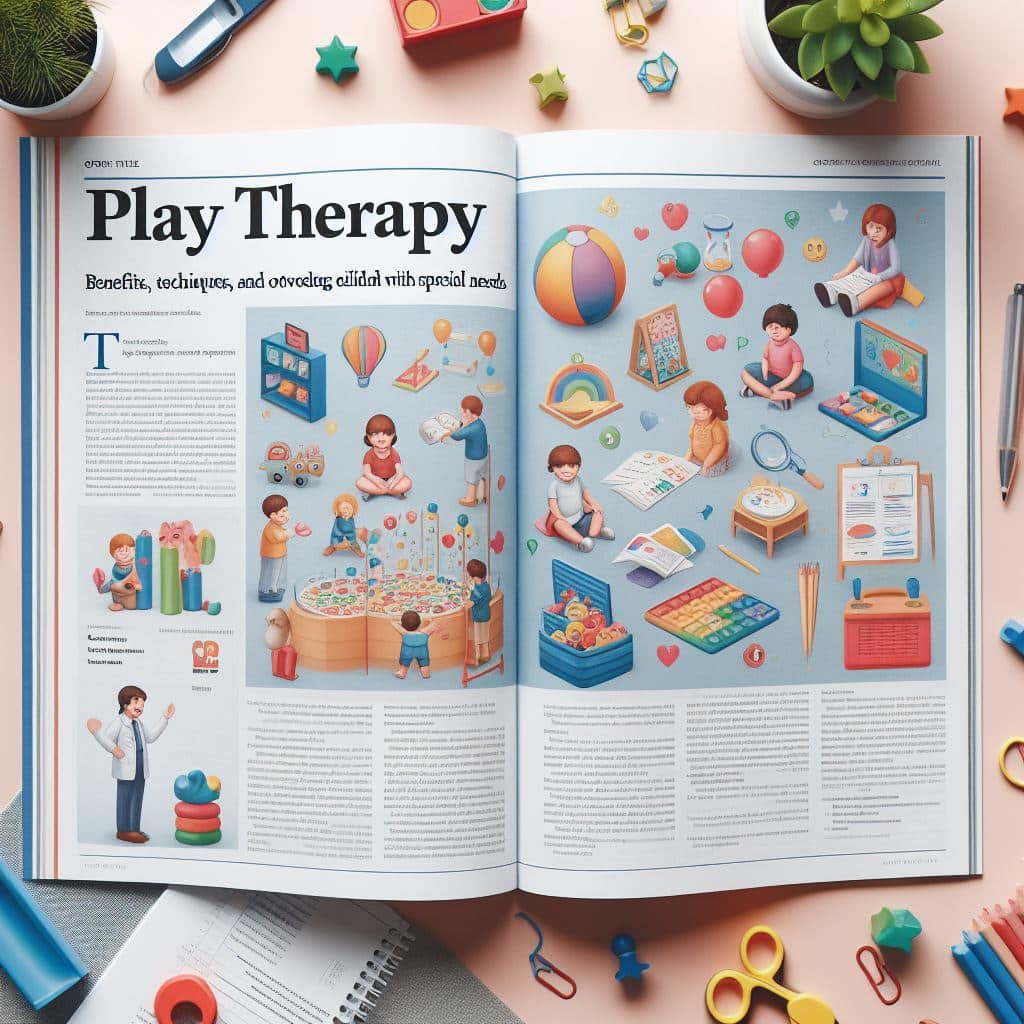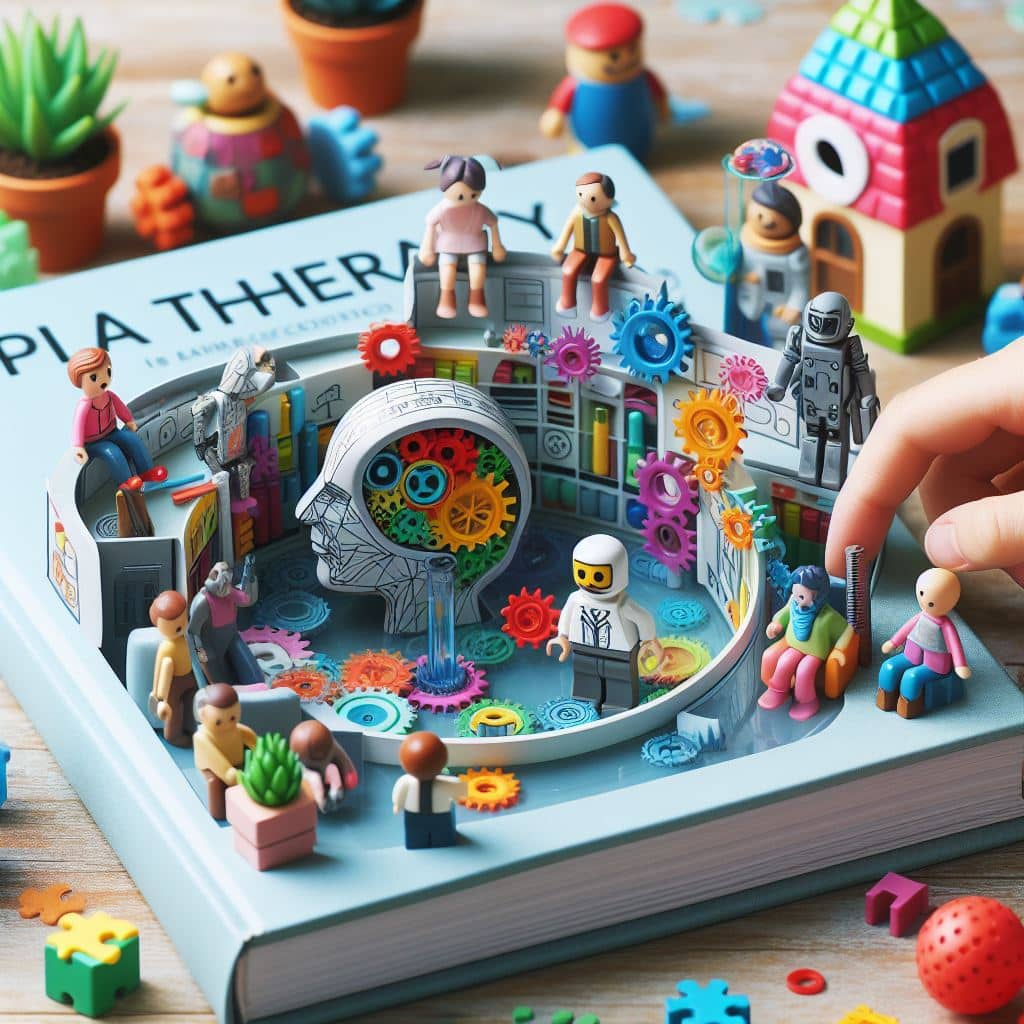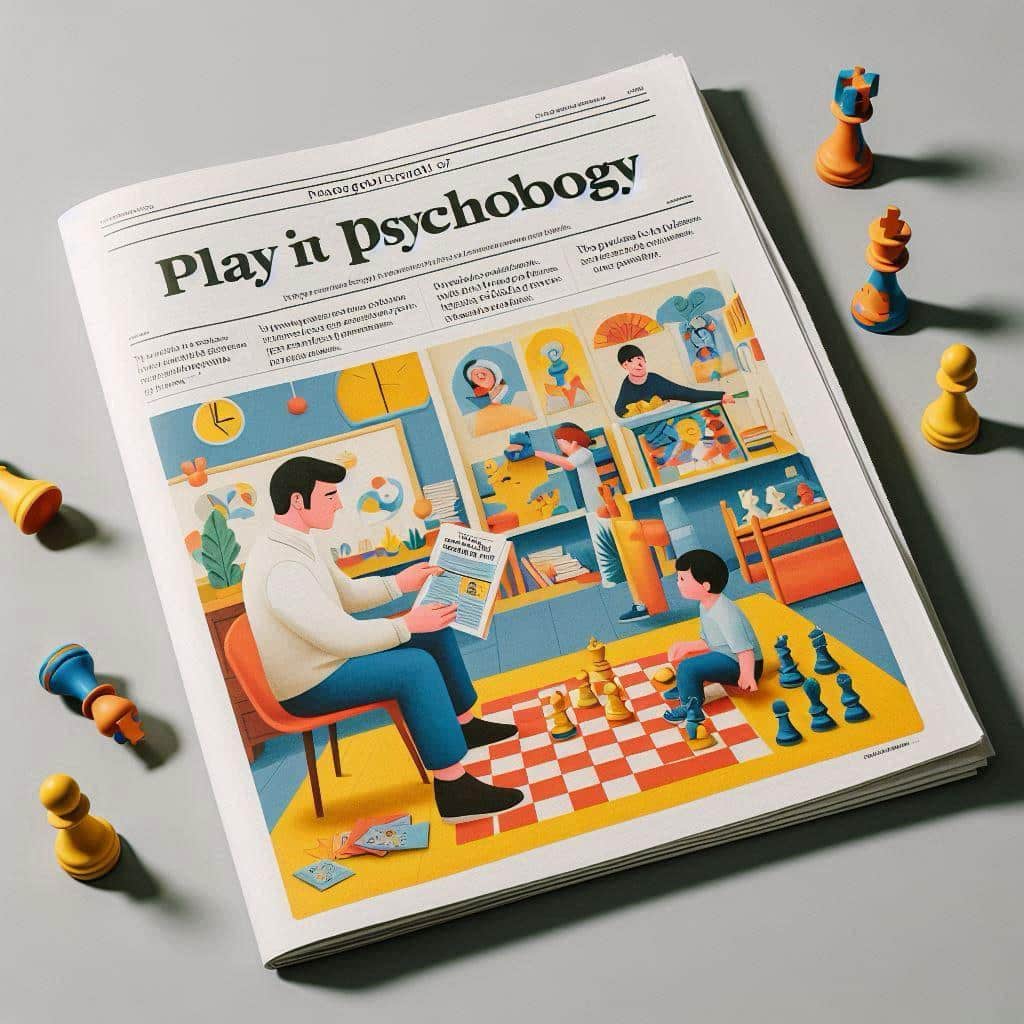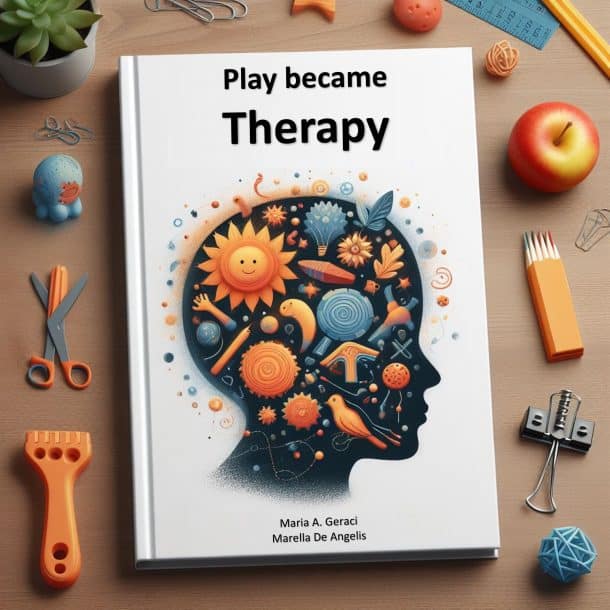YAYINLAR
Bilişsel davranışçı oyun terapisi hakkındaki yayınlar, psikolojik sağlık ve refahla ilgili konular hakkında daha derinlemesine bilgi edinmek isteyen herkes için değerli bir kaynak sunmaktadır. Geniş bir makale, çalışma ve rapor yelpazesiyle bu kaynaklar, psikoloji ve davranış bilimlerinin dinamiklerini daha iyi anlamak isteyen profesyoneller, öğrenciler ve ebeveynlerin ihtiyaçlarını karşılamak üzere tasarlanmıştır. Her yayın, net ve anlaşılır bilgiler sunan titiz ve güncel araştırmaların sonucudur. CBPT tarafından yayınlanan eserleri keşfetmek, çeşitli alanlarda düşünceleri ve yapıcı tartışmaları teşvik etmek için ideal olan yüksek kaliteli içeriğe erişmek anlamına gelir.
Podcast’leri dinle
Cognitive Behavioral Play Therapy (CBPT) : Adapting CBT For Young Children Using PlayTherapy on the Cutting Edge by Susan M, Knell
In this episode, I speak with Susan M. Knell about how she came to develop Cognitive Behavioral Play Therapy (CBPT). She explained that she was originally trained in psychodynamic play therapy and found it helpful. Talking with and reflecting on a child’s experience was important, but she wanted to find ways to help children gain more adaptive skills to deal with their emotions and difficulties. At the time, it was thought that you could not use CBT with young children, so she used CBT techniques and ideas and incorporated them into play. Finding ways to bring CBT into play involved modeling with puppets, dolls, toys, books and other child-oriented materials. We discussed numerous case studies using CBPT with young children, as well as the research on Cognitive Behavioral Play Interventions (CBPI), currently being used with non-clinical populations. Susan shared case examples of using puppets to model various interventions, such as Systematic Desensitization and Cognitive Change strategies, and using workbook activities, like drawing the Worry Monster/Worry Bully to help anxious and fearful children. We discuss using toys, puppets, books, movies, and art with children. She also talked about her work with parents and assessing whether the presenting problems are better treated by working with just the parents or the child and parents together in different combinations.
Çocukların anlayışını zenginleştirecek ve refahını artıracak kaynakları keşfetmek ve indirmek için siteyi ziyaret edin!
Bir ebeveynsen? Ücretsiz danışmanlık için başvur
Bilgilerini bırak ve uzmanımızla nasıl yardımcı olabileceğimizi öğren







